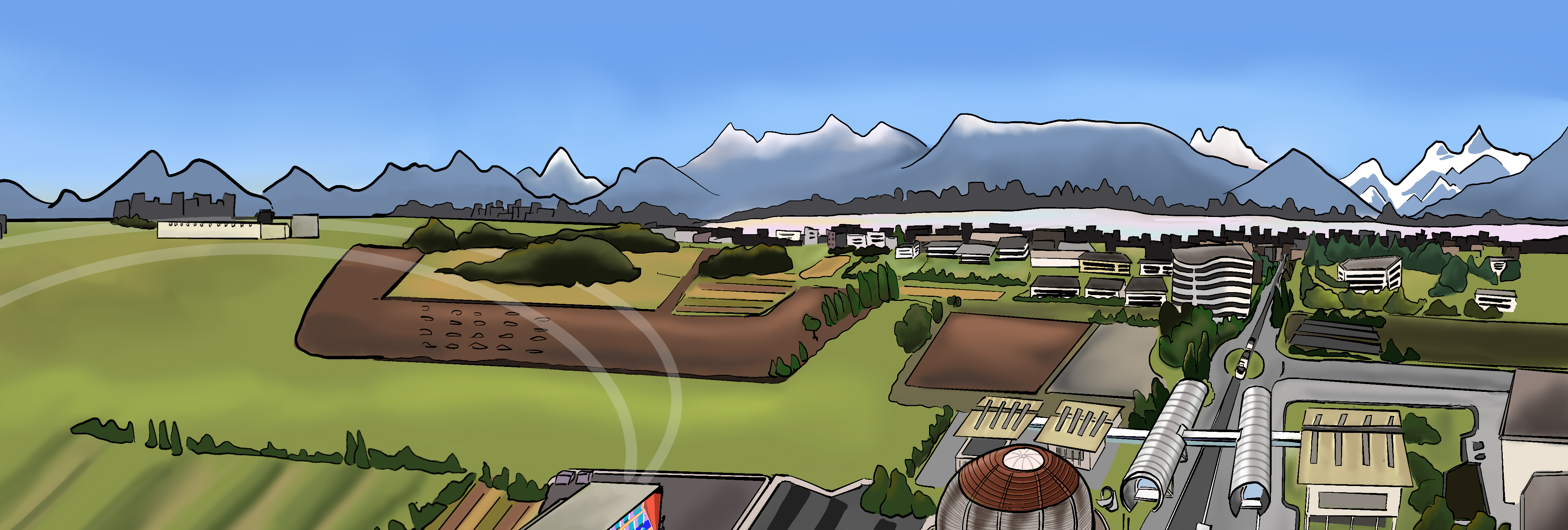Speaker
Description
Neutrino oscillation clearly establishes the evidence of physics beyond the Standard Model (BSM). The Long Baseline Program has probed the phenomenology of neutrinos to unprecedented accuracy [1]. Next generation experiments like DUNE can study the propagation of flavor eigenstates on curved spacetime [2]. Neutrino oscillation in a Core-Collapse supernova (CCSN) on the other hand has a huge neutrino density which reveals a rich phenomenology owing to the neutrino self-interaction. The Neutrinos are excellent probes of the inner structures of a supernova. However, an understanding of their dynamics remains incomplete, which is crucial for properly interpreting the observation. In this work, we try to study the effects of spacetime geometry on the neutrino oscillation in a CCSN. We will use a modified Einstein-Cartan theory of gravity to write the neutrino oscillation equation on a curved spacetime [3, 4]. For a normal mass hierarchy in a realistic supernova, the effect is negligible. For inverted mass hierarchy, however, we find that the gravitational coupling can significantly alter the flavor dynamics. The possibility of constraining the said interactions through the relative abundance of different flavors of the neutrinos is discussed.
[1] G. J. Feldman, J. Hartnell, and T. Kobayashi, Adv. High Energy Phys. 2013, 475749 (2013), arXiv:1210.1778 [hep-ex].
[2] R. Barick, I. Ghose, and A. Lahiri, Eur. Phys. J. Plus 139, 461 (2024), arXiv:2302.10945 [hep-ph].
[3] I. Ghose, R. Barick, and A. Lahiri, LHEP 2023, 349 (2023), arXiv:2302.10119 [hep-ph].
[4] I. Ghose and A. Lahiri, JCAP 05, 020 (2025), arXiv:2502.17570 [astro-ph.HE].
